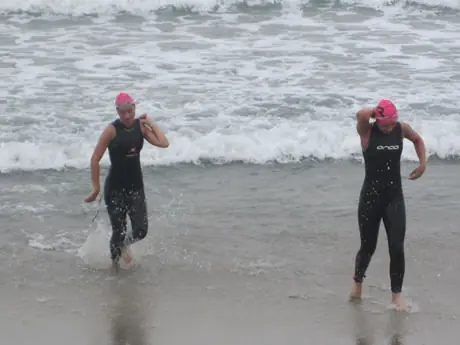
3...2...1...BANG! The gun goes off and your race begins. Your adrenalin soars. It's time to swim! You know how to swim, but this time it's a little different. There's other athletes all around you, no black line to follow and you can't put your feet down.
Open water swimming—especially on race day, can cause a lot of athletes stress and anxiety. However, with a little practice and a few tips and tricks you can boost your confidence and shave minutes off your open water swim.
More: 2 Drills to Increase Your Comfort in the Open Water
Practice, Practice, Practice
The more open water swim experience you can get before race day, the better. Inevitably, the more you practice swimming in the open water the more confident and comfortable you will become. Remember, frequency is key. It sounds simple and it is. Practicing is the BEST thing you can do.
If you're fortunate enough to have easy access to an open body of water on a regular basis, then make sure you take advantage this. Otherwise, be on the lookout for local open water swim clinics. You can also round up a few training buddies and take a field trip to the closest swimmable body of water (ocean, lake, river, pond, etc.) and practice. Finally, this should be obvious, but in case it's not—NEVER swim alone.
More: 3 Steps to a Panic-Free Swim Start
Get a Wetsuit
If you don't have a wetsuit, you should invest in one. Not only will it keep you warm, but more importantly it will provide buoyancy, helping to keep you on top of the water and making it easier to swim.
Triathlon wetsuits generally come in two styles—full and sleeveless. Full wetsuits (WITH sleeves) are a little bit more expensive, but they are the most buoyant option. Needless to say, it will also keep you warmer. When a professional triathlete is allowed to wear a wetsuit in a race, more times than not, she will go with a full wetsuit.
Sleeveless wetsuits are another option. Life-long swimmers may choose to go this route because they don't really need the extra bouncy and prefer not to have their arms and shoulders restricted. It also provides the athlete with a more natural feel in the water.
Bottom line: Any wetsuit is better than nothing. And at the end of the day, if you are a beginner and have to choose between one or the other, I'd recommend going with a full wetsuit.
NOTE: Once you get a wetsuit it's a good idea to swim in it at least a few times before race day to make sure it fits properly and you are comfortable in it.
- 1
- of
- 3
About the Author
Get ACTIVE on the Go
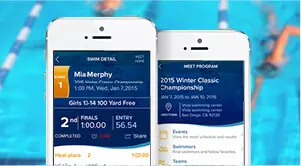

Meet Mobile
Swim smarter: heats, lane assignments and real-time results in the palm of your hand.
Available for iOS | Android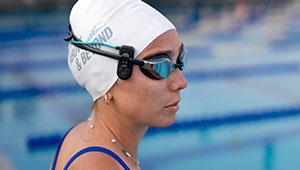
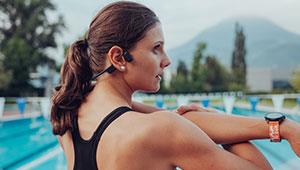
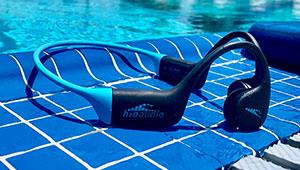

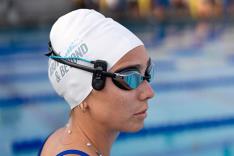

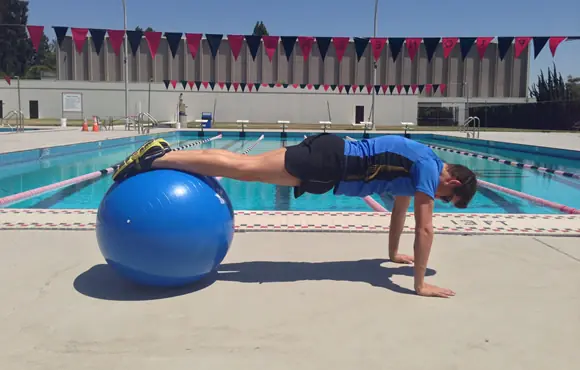

Discuss This Article